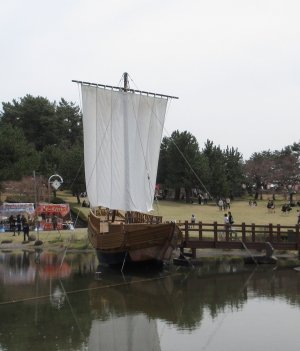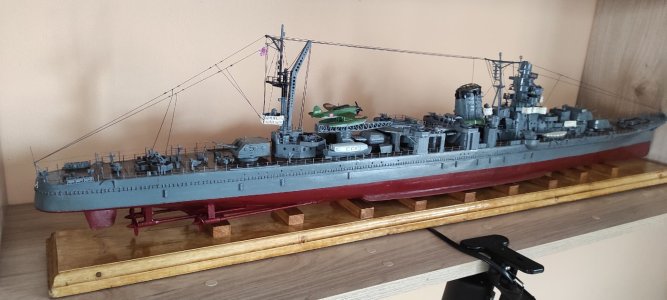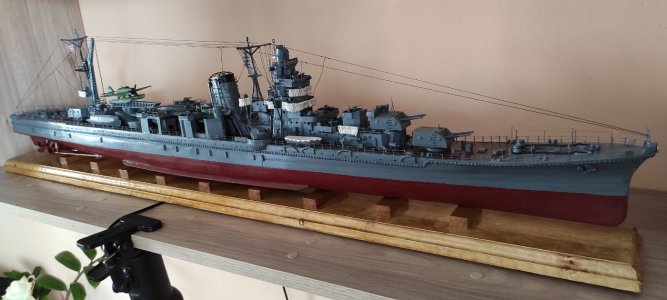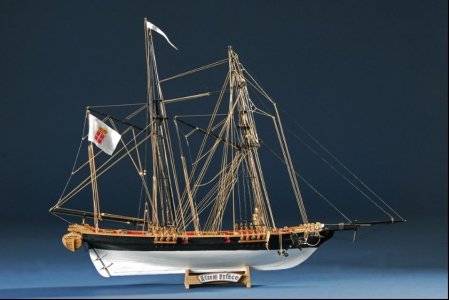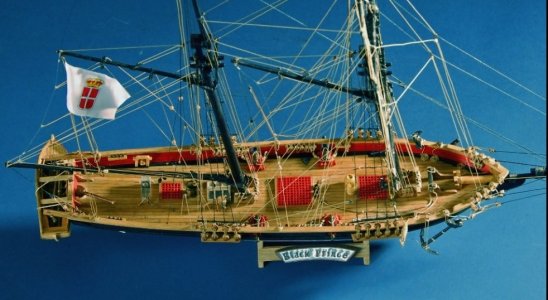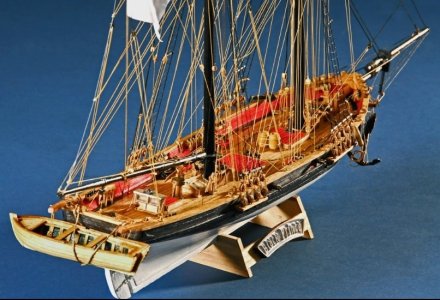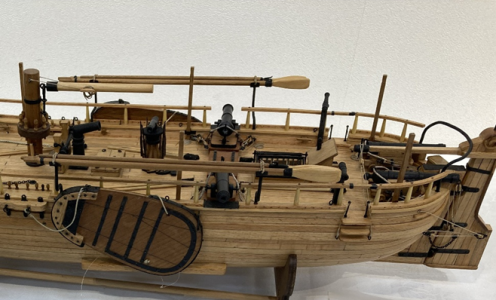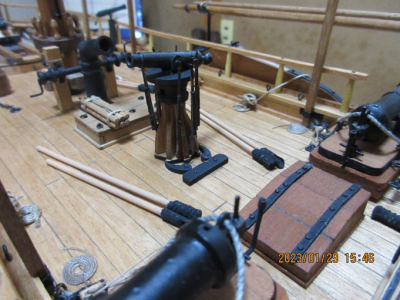- Joined
- Apr 20, 2020
- Messages
- 6,186
- Points
- 738

Dear Masaaki Hikosawa,Thank you for your post.
I am glad that you have an interest in Japan.
However, nowadays Japan is overflowing with foreign tourists, and places like Kyoto and Nara have lost much of their old, charming atmosphere.
If you visit Japan again, I would recommend exploring other areas rather than Kyoto or Nara, where many visitors with poor manners are present.
I understand that Ships of Scale is a community of sailing ship model enthusiasts.
Therefore, if you would like to see historical Japanese sailing ships, the Hakusan Maru, which I introduced previously, is in the best condition for viewing.
Also, the stone Buddha statues are quite interesting.
Best regards.
The Usuki Stone Buddhas are the most famous rock-carved Buddhas in Japan.
https://ja.wikipedia.org/wiki/臼杵磨崖仏
https://sekibutsu.com/sekibutsu/wp-content/uploads/2018/10/furuzono_01.jpg
https://sekibutsu.com/about
Kumano-magaibutsu
https://ja.wikipedia.org/wiki/熊野磨崖仏
https://www.tabirai.net/sightseeing/column/0006901.aspx
oonodera-magaibutsu
https://www.onestory-media.jp/post/?id=1935
kasagidera-magaibutsu
https://youtube.kasagidera.net/kokuuzouishi/
Thank you very much for the recommendations.
I find Japan, Japanese culture and its people very interesting of recognition, study and appreciation.
Any additional destinations and recommendations, even outside the main island / Onsho, are welcome.



